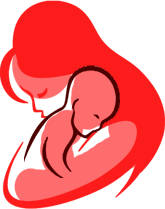
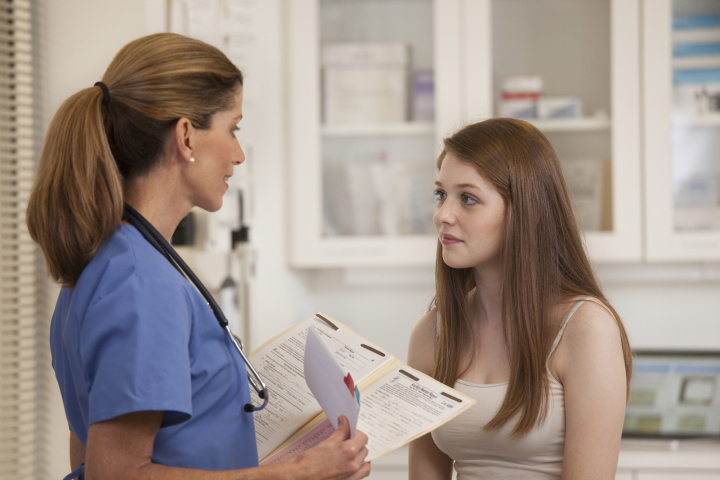
When should I have my first gynaecological exam?
The answer to this question will depend. If you are experiencing problems or become sexual activity, you should see a gynaecologist regardless of your age. Otherwise, you should consider scheduling your first pelvic exam around age 21.
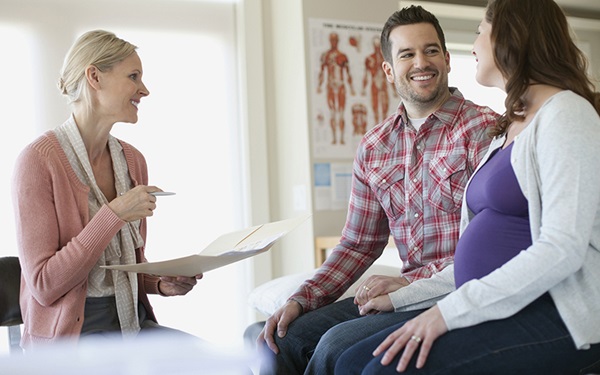
When should I have my first prenatal visit?
If you suspect that you may be pregnant-if you have tested positive with a home pregnancy test, for example-you should call to set up an appointment right away. We will schedule a visit about eight weeks from your last menstrual period.
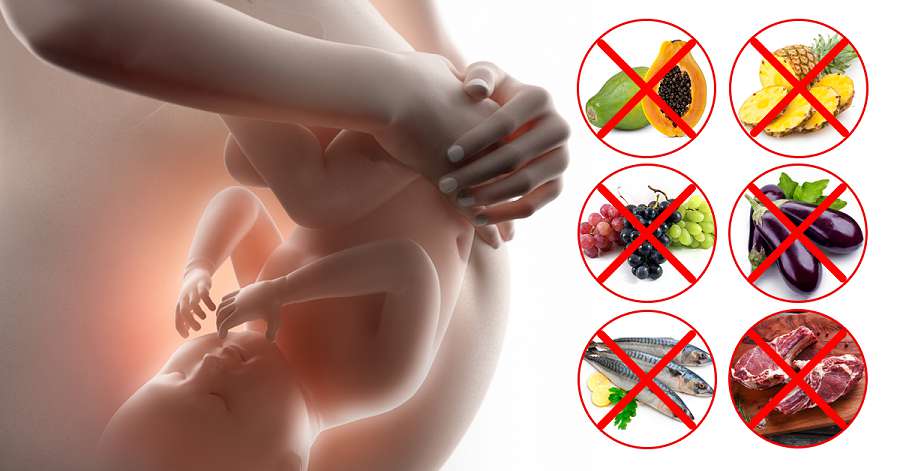
What foods should I avoid during pregnancy?
During pregnancy you should avoid fish that contains Mercury (including swordfish, tile fish, mackerel and shark). Also avoid saccharine, alcohol, deli meats, unpasteurized cheeses, and meat, poultry and fish that have been under-cooked.

Is it safe to exercise when I'm pregnant?
It is safe to exercise in moderation during pregnancy, unless your obstetrician advises against it. Some exercises can help with childbirth.

Is it safe to travel when I'm pregnant?
It is usually safe to travel by airplane up to 35 weeks into your pregnancy. If you need to travel after 35 weeks, check with your physician. To reduce your chances of getting a blood clot during a flight, get up to stretch your legs several times.

Is it safe to have sex during pregnancy?
For most women, there is no medical reason not to have sex during pregnancy. Unless your pregnancy is classified as high risk or if there are other safety concerns, you and your partner can have sex without fear of harming your baby.

What are the symptoms of vaginal infection?
Many women will be diagnosed with a vaginal infection at some point, and some women have these frequently. The most common ones are either a yeast infection or bacterial vaginosis. There are quite a few similarities. Both can cause itching, burning, rawness or discomfort. Both are usually associated with increased vaginal discharge. While all women have some vaginal discharge, the amount can vary between different women as well as for the same woman at different stages of her life. You may be more susceptible if you have recently taken antibiotics or if you have a new sexual partner. There are over-the-counter medications that can be used to treat yeast infections or to help relieve the symptoms. While it is okay to use these once in awhile, if you don't get better, or if you get frequent episodes, it is better to come in and have a test to make sure you are getting the correct treatment.

When should I contact a doctor for not able to conceive after marriage?
When after one year of cohabitation i.e. living together after marriage if a couple doesn't conceive should report to a doctor for investigation or report earlier if the female partner has irregular menstrual cycle.
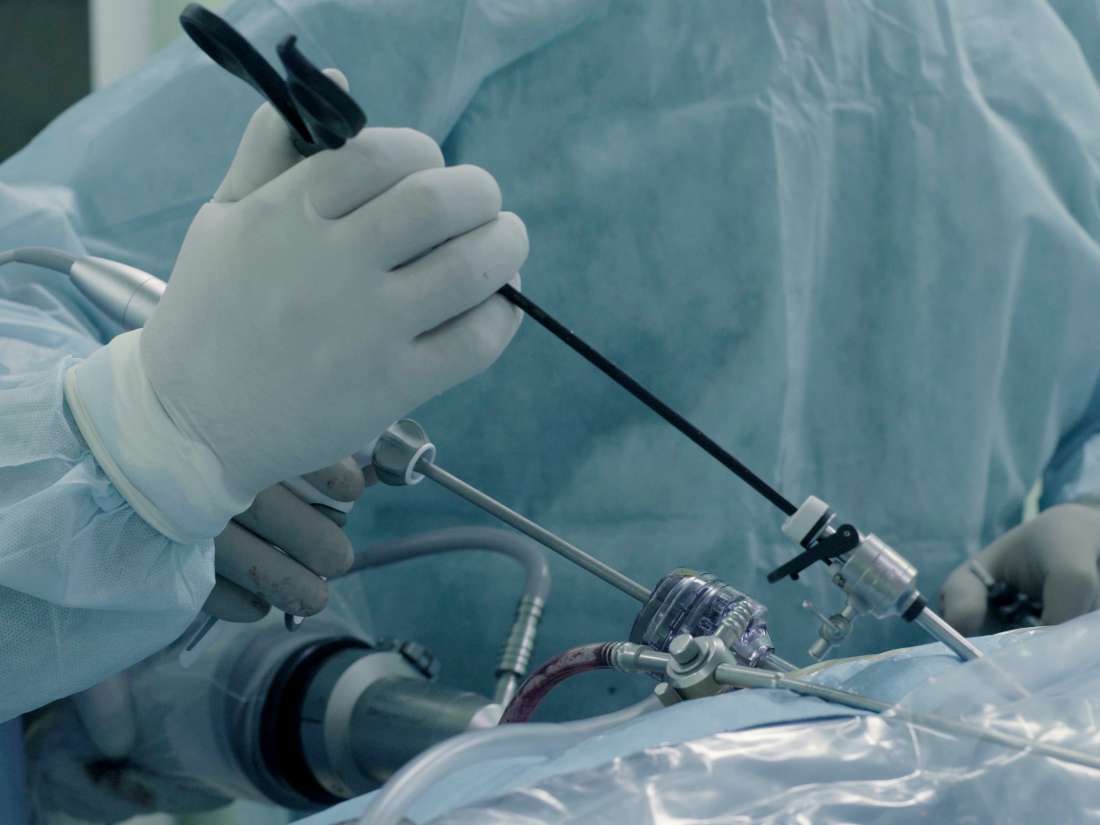
When to see a doctor for laparoscopic ovarian cystectomy?
Seek immediate medical attention if you have:
. Sudden, severe abdominal or pelvic pain
. Pain with fever or vomiting
If you have these signs and symptoms or those of shock - cold, clammy skin; rapid breathing; and lightheadedness or weakness - see a doctor right away.
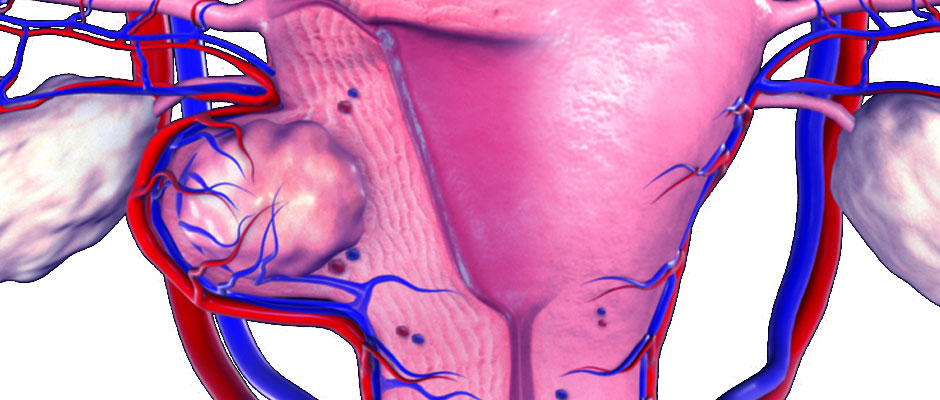
Is laparoscopic myomectomy suitable for all fibroids?
Myomectomy can be performed as a hysteroscopic, open or laparoscopic procedure.
. Hysteroscopic myomectomy: Submucous (indenting on the cavity of uterus) fibroids less than 4cm in size and a safe distance away from the outer border of the uterus can be resected through a trans-cervical approach. In this day surgery procedure, a telescope is inserted through the neck of the womb (cervix) and fibroid is removed by this route. There are no incisions involved and the recovery is very quick.
. Laparoscopic myomectomy: This procedure is considered when the largest fibroid is less than 10cm in size and the total no of fibroids is less than 5. However, sometimes larger and more numerous fibroids can be removed by this route depending on individual circumstances. Generally, if estimated duration of surgery is expected to be less than three hours, a laparoscopic approach is used. Sometimes, it can also be used as a two or three stage procedure. Certain hormonal injections or tablets can be used to reduce the size of the fibroids to make the procedure easier.
. Open myomectomy: This approach is used when the fibroids are larger than 10cm and more numerous in number. A bikini-line incision is generally used, but occasionally a midline incision is required.
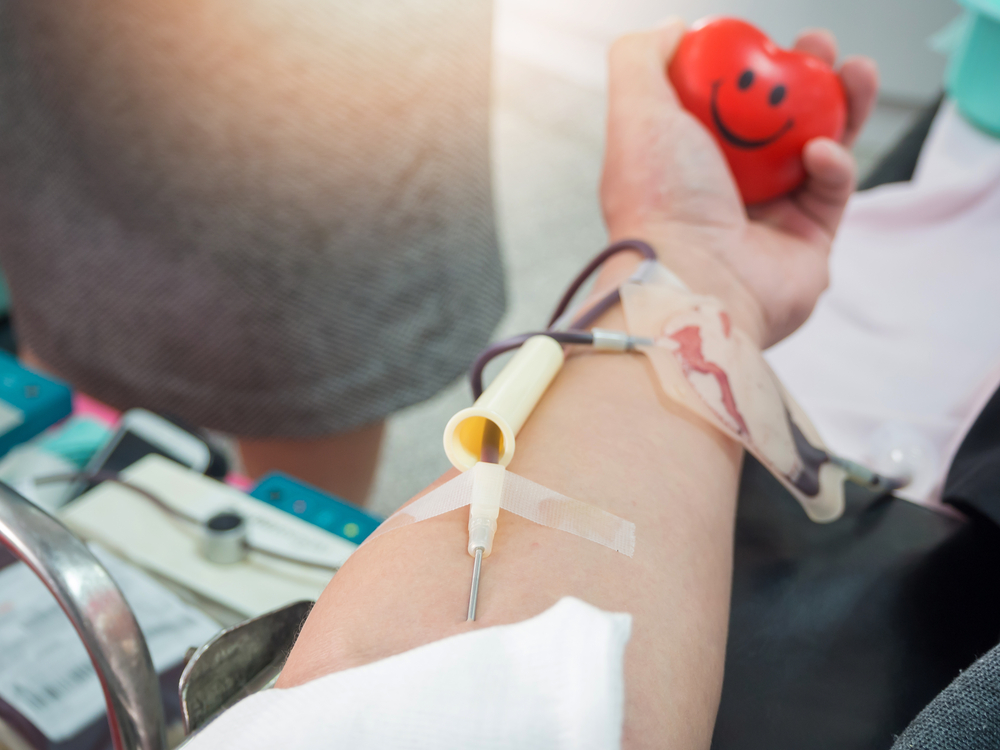
Is there a risk of blood transfusion or a hysterectomy?
Uterine fibroids have a lot of blood supply and are therefore prone to bleeding during removal. With precautions as mentioned above, bleeding is not a big problem and blood transfusion is rarely required (less than 10% chance with laparoscopic myomectomy). With meticulous planning, pragmatic decision-making and judicious use of blood transfusion, hysterectomy is almost never necessary as result of intra-operative bleeding.